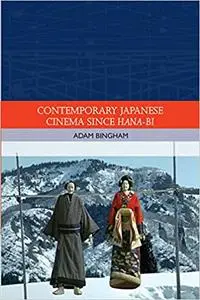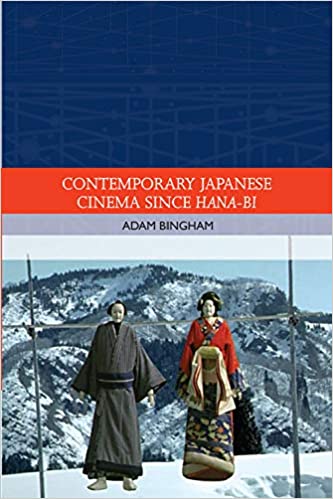Adam Bingham, "Contemporary Japanese Cinema Since Hana-Bi"
English | 2015 | ISBN: 0748683739 | PDF | pages: 242 | 2.5 mb
English | 2015 | ISBN: 0748683739 | PDF | pages: 242 | 2.5 mb
Updates the story of Japanese cinema for the 21st century
Yakuza, samurai and horror films have been some of the most popular genres in Japanese cinema over the last two decades, with a clearly defined generic lineage in the country’s cinematic tradition. Studying these genres through a close analysis of their most representative films, this innovative study examines the way individual films have either adapted to or drawn away from their own genre conventions, or, in the case of ‘magic realist’ films, have introduced significant new developments which have little real precedence in Japanese filmmaking. With close textual analysis, this study looks at the prevalence of repetition and variation in these contemporary Japanese genres, offering for the first time in English an academic appreciation and overview of popular Japanese cinema. Looking at the work of directors as varied as Kitano ‘Beat’ Takeshi and Kurosawa Kiyoshi, and films as iconic as Hana-Bi and The Bird People in China, this book provides an invaluable resource for film students and scholars alike.
Key Features
- Considers and analyses numerous films and filmmakers that have yet to feature predominantly in western discourse on Japanese cinema
- first study of the significant developments in Japanese genre filmmaking since the turn of the new millennium
- Analyses in detail the dialogue that can be seen between new Japanese cinema and the significant trends and practices of past generations
- Includes for the first time in western discourse a discussion of the modern state of the Japanese documentary feature, based on interviews with some of its leading practitioners
- Includes a review of Japanese-language criticism and a consideration of how the country’s cinema has been perceived within Japan



